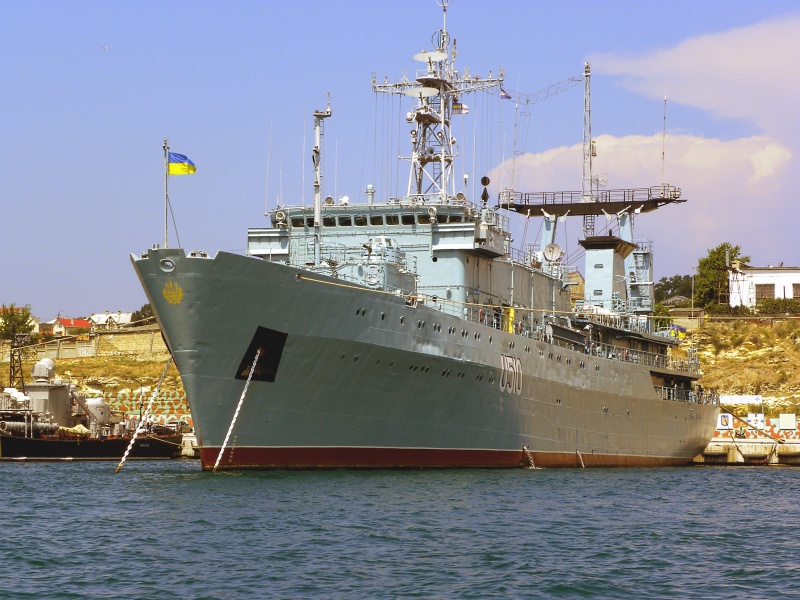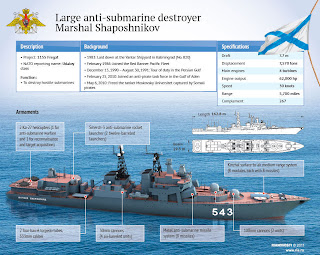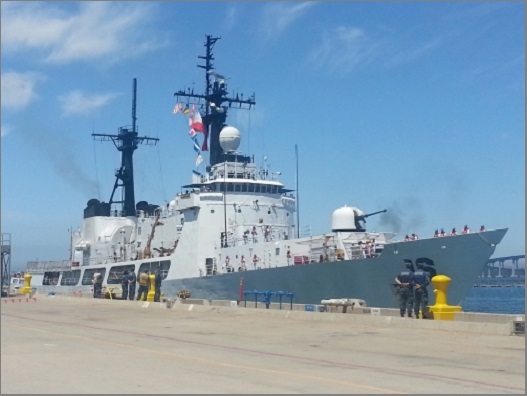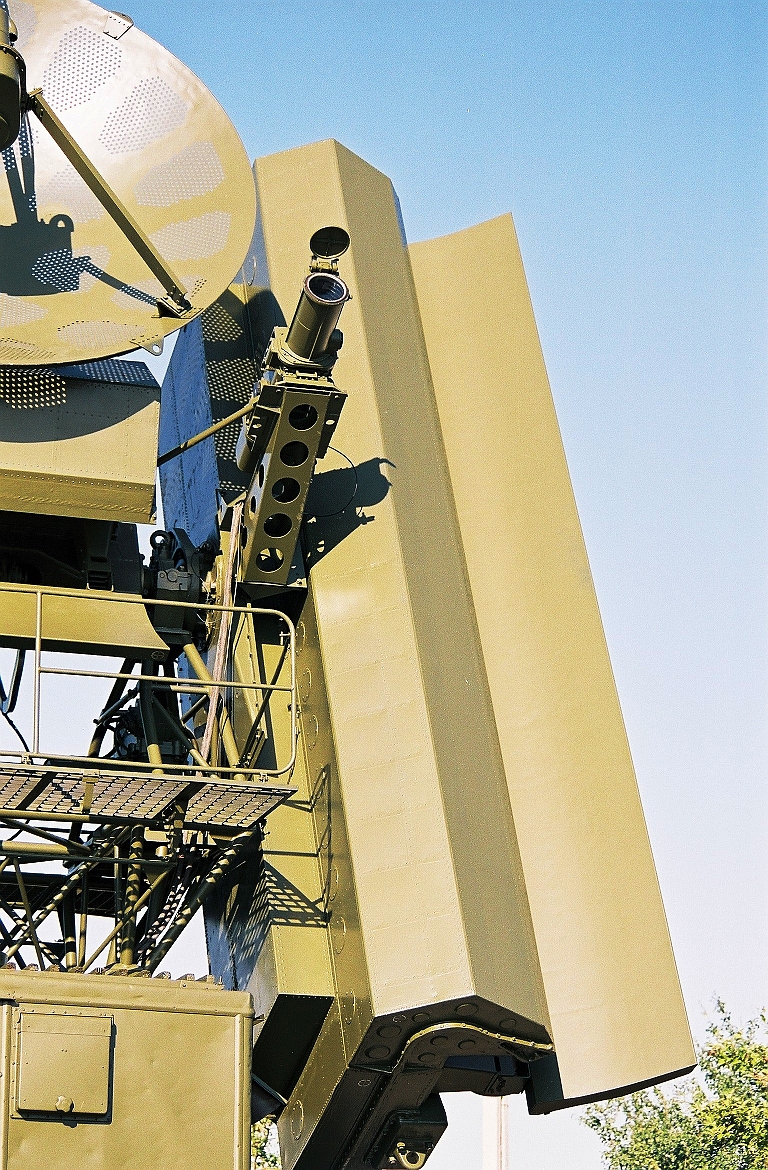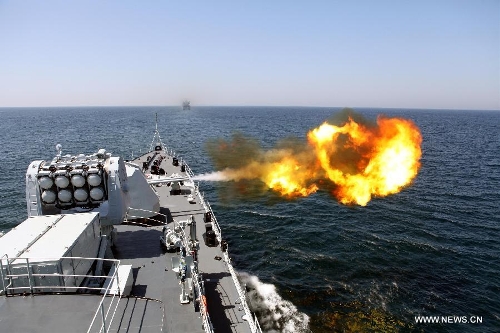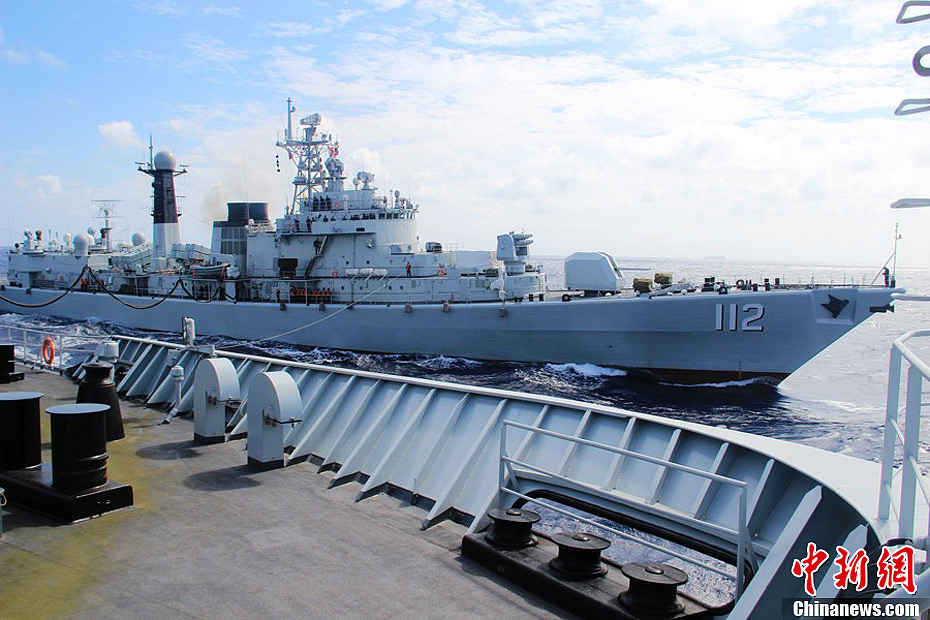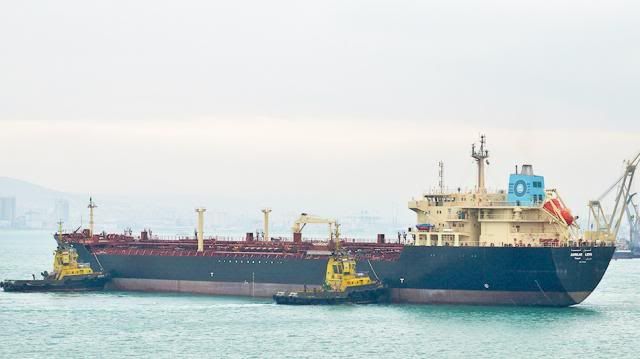![]() |
| Majed and Randy |
European Union ambassadors reached a preliminary deal July 25 on stepped-up sanctions against Russia,trade in the defense sector, dual-use goods and sensitive technologies.
earlier:
Official Journal of the European Union
L 183/9
COUNCIL REGULATION (EU) No 692/2014
of 23 June 2014
concerning restrictions on the import into the Union of goods originating in Crimea or Sevastopol, in response to the illegal annexation of Crimea and Sevastopol
THE COUNCIL OF THE EUROPEAN UNION,
Having regard to the Treaty on the Functioning of the European Union, and in particular Article 215 thereof,
Having regard to Council Decision 2014/386/CFSP (1) concerning restrictions on goods originating in Crimea or Sevastopol, in response to the illegal annexation of Crimea and Sevastopol,
Having regard to the joint proposal of the High Representative of the Union for Foreign Affairs and Security Policy and of the European Commission,
Whereas:
(1)
At its meeting of 20-21 March 2014, the European Council strongly condemned the annexation of the Autonomous Republic of Crimea (‘Crimea’) and the city of Sevastopol (‘Sevastopol’) to the Russian Federation and emphasised that it will not recognise the annexation. The European Council asked the Commission to evaluate the legal consequences of that annexation and to propose economic, trade and financial restrictions regarding Crimea for rapid implementation.
(2)
In its Resolution of 27 March 2014, the United Nations General Assembly affirmed its commitment to the sovereignty, political independence, unity and territorial integrity of Ukraine within its internationally recognized borders, underscoring the invalidity of the referendum held in Crimea on 16 March, and called upon all States not to recognise any alterations in the status of Crimea and of Sevastopol.
(3)
On 23 June 2014, the Council adopted Decision 2014/386/CFSP concerning restrictions on goods originating in Crimea or Sevastopol and on the provision, directly or indirectly, of financing or financial assistance, as well as insurance and reinsurance, related to the import of such goods, in response to the illegal annexation of Crimea and Sevastopol. In order to minimise the effect of such restrictive measures on economic operators, exceptions and transitional periods should be provided for in respect of trade in goods and related services for which transactions are required by a trade contract or ancillary contract, subject to a notification procedure.
(4)
These measures fall within the scope of the Treaty on the Functioning of the European Union and, therefore, notably with a view to ensuring their uniform application in all Member States, regulatory action at the level of the Union is necessary in order to implement them.
(5)
In order to ensure that the measures provided for in this Regulation are effective, it should enter into force on the day following that of its publication,
HAS ADOPTED THIS REGULATION:
Article 1
For the purposes of this Regulation, the following definitions apply:
(a)
‘claim’ means any claim, whether asserted by legal proceedings or not, made before or after 25 June 2014, under or in connection with a contract or transaction, and includes in particular:
(i)
a claim for performance of any obligation arising under or in connection with a contract or transaction;
(ii)
a claim for extension or payment of a bond, financial guarantee or indemnity of whatever form;
(iii)
a claim for compensation in respect of a contract or transaction;
(iv)
a counterclaim;
(v)
a claim for the recognition or enforcement, including by the procedure of exequatur, of a judgment, an arbitration award or an equivalent decision, wherever made or given;
(b)
‘contract or transaction’ means any transaction of whatever form, whatever the applicable law, and whether comprising one or more contracts or similar obligations made between the same or different parties; for this purpose ‘contract’ includes a bond, guarantee or indemnity, particularly a financial guarantee or financial indemnity, and credit, whether legally independent or not, as well as any related provision arising under, or in connection with, the transaction;
(c)
‘goods originating in Crimea or Sevastopol’ means goods which are wholly obtained in Crimea or in Sevastopol or which have undergone their last substantial transformation there, in accordance, mutatis mutandis, with Articles 23 and 24 of Regulation (EEC) No 2913/92 of 12 October 1992 establishing the Community Customs Code (2);
(d)
‘territory of the Union’ means the territories of the Member States to which the Treaty is applicable, under the conditions laid down in the Treaty, including their airspace.
(e)
‘competent authorities’ means the competent authorities of the Member States as identified on the websites listed in the Annex.
Article 2
It shall be prohibited:
(a)
to import into the European Union goods originating in Crimea or Sevastopol;
(b)
to provide, directly or indirectly, financing or financial assistance as well as insurance and reinsurance related to the import of the goods referred to in point (a).
Article 3
The prohibitions in Article 2 shall not apply in respect of:
(a)
the execution until 26 September 2014, of trade contracts concluded before 25 June 2014, or of ancillary contracts necessary for the execution of such contracts, provided that the natural or legal persons, entity or body seeking to perform the contract have notified, at least 10 working days in advance, the activity or transaction to the competent authority of the Member State in which they are established.
(b)
goods originating in Crimea or Sevastopol which have been made available to the Ukrainian authorities for examination, for which compliance with the conditions conferring entitlement to preferential origin has been verified in accordance with Regulation (EU) No 978/2012 and Regulation (EU) No 374/2014 (3) or in accordance with the EU-Ukraine Association Agreement.
Article 4
It shall be prohibited to participate, knowingly and intentionally, in activities the object or effect of which is to circumvent the prohibitions laid down in Article 2.
Article 5
Actions by natural or legal persons, entities or bodies shall not give rise to any liability of any kind on their part if they did not know, and had no reasonable cause to suspect, that their actions would infringe the measures set out in this Regulation.
Article 6
1. No claims in connection with any contract or transaction the performance of which has been affected, directly or indirectly, in whole or in part, by the measures imposed under this Regulation, including claims for indemnity or any other claim of this type, such as a claim for compensation or a claim under a guarantee, particularly a claim for extension or payment of a bond, guarantee or indemnity, particularly a financial guarantee or financial indemnity, of whatever form, shall be satisfied, if they are made by:
(a)
designated natural or legal persons, entities or bodies listed in Annex I to Council Regulation (EU) No 269/2014;
(b)
any natural or legal person, entity or body acting through or on behalf of one of the persons, entities or bodies referred to in point (a);
(c)
any natural or legal person, entity or body which has been found by an arbitral, judicial or administrative decision to have infringed the prohibitions set out in this Regulation;
(d)
any natural or legal person, entity or body, if the claim relates to goods the import of which is prohibited under Article 2.
2. In any proceedings for the enforcement of a claim, the onus of proving that satisfying the claim is not prohibited by paragraph 1 shall be on the natural or legal person, entity or body seeking the enforcement of that claim.
3. This Article is without prejudice to the right of natural or legal persons, entities or bodies referred to in paragraph 1 to judicial review of the legality of the non-performance of contractual obligations in accordance with this Regulation.
Article 7
1. The Commission and the Member States shall inform each other of the measures taken under this Regulation and share any other relevant information at their disposal in connection with this Regulation, in particular information in respect of violation and enforcement problems and judgments handed down by national courts.
2. The Member States shall immediately inform each other and the Commission of any other relevant information at their disposal which might affect the effective implementation of this Regulation.
Article 8
1. Member States shall lay down the rules on penalties applicable to infringements of the provisions of this Regulation and shall take all measures necessary to ensure that they are implemented. The penalties provided for must be effective, proportionate and dissuasive.
2. Member States shall notify the rules referred to in paragraph 1 to the Commission without delay after the entry into force of this Regulation and shall notify it of any subsequent amendment.
Article 9
1. Member States shall designate the competent authorities referred to in this Regulation and identify them on the websites listed in the Annex. Member States shall notify the Commission of any changes in the addresses of their websites listed in the Annex.
2. Member States shall notify the Commission of their competent authorities, including the contact details of those competent authorities, without delay after the entry into force of this Regulation, and shall notify it of any subsequent amendment.
3. Where this Regulation sets out a requirement to notify, inform or otherwise communicate with the Commission, the address and other contact details to be used for such communication shall be those indicated in the Annex.
Article 10
This Regulation shall apply:
(a)
within the territory of the Union, including its airspace;
(b)
on board any aircraft or any vessel under the jurisdiction of a Member State;
(c)
to any person inside or outside the territory of the Union who is a national of a Member State;
(d)
to any legal person, entity or body, inside or outside the territory of the Union, which is incorporated or constituted under the law of a Member State;
(e)
to any legal person, entity or body in respect of any business done in whole or in part within the Union.
Article 11
This Regulation shall enter into force on the day following that of its publication in the Official Journal of the European Union.
This Regulation shall be binding in its entirety and directly applicable in all Member States.
Done at Luxembourg, 23 June 2014.
For the Council
The President
C. ASHTON
On 4 July 2014, the EU published an amendment, adding the wording underlined below to Article 3(b) of Regulation 692/2014, thereby clarifying the scope of this exception:
"The prohibitions…shall not apply in respect of:… goods originating in Crimea or Sevastopol which have been made available to the Ukrainian authorities for examination, for which compliance with the conditions conferring entitlement to preferential origin has been verified and for which a certificate of origin has been issued in accordance with Regulation (EU) No 978/2012 and Regulation (EU) No 374/2014 (2) or in accordance with the EU-Ukraine Association Agreement."
UKBIS has clarified that this means that goods from Crimea/ Sevastopol which are accompanied by a valid certificate of origin from a Ukrainian authority may be imported into the EU. There is no separate requirement that the goods be presented to the Ukrainian authorities for inspection.
EUR1 and GSP certificates issued by the Crimean Chamber of Commerce or its branches, or the Sevastopol Chamber of Commerce will not meet the requirements of Art 3(b).
February 3 2012
Chariot: SVG-flag arms ship heading to Levant?
Russia’s Ambassador to the United Nations Vitaly Churkin said an embargo on arms supplies to Syria is out of the question – along with any resolution that could threaten to aggravate conflict in the country.
Churkin, speaking to journalists via video link, spoke out strongly against a possible arms embargo on Syria, citing some countries' refusal to condemn the armed groups operating there, and the continued risk of weapons supplies reaching these groups despite any ban.
THE Syrian port of Tartus is Russia’s only military base outside the old Soviet Union.Russia's dilemma is that too much support for Mr Assad risks a future regime booting it out of Tartus, which is valued by Russian spooks and electronic snoopers. But too little may mean defeat for an old ally.
The Iranian embassy in Ankara denied on January 12 that four trucks seized by Turkish customs were carrying military equipment from Iran to Syria. The trucks were confiscated on January 10 in Turkey's southeast province of Kilis at the Öncüpınar border crossing into Syria.
EU legislation
In response to the violent repression by Syrian government forces, the EU orignally imposed sanctions on Syria which came into force with immediate effect on 10 May 2011. The sanctions were originally detailed in Council Decision 2011/273/CFSP (published in the Official Journal of the European Union L121, 10.4.2011, p11) and Council Regulation (EU) No 442/2011 (published in the Official Journal of the European Union, L121, 10.4.2011, p1), now repealed.
These sanctions have since been consolidated and updated by new restrictive measures announced in Council Decision 2011/782/CFSP (published in the Official Journal of the European Union L319, 2.12.2011, p56). This Decision came into force on 1 December 2011. The EU have also subsequently published implementing legislation in Council Regulation (EU) No 36/2012. This Regulation specifies items that are prohibited in relevant annexes.
The measures include an arms embargo, an asset freeze and a travel ban against specified individuals. They also include a prohibition on internet and telephone communications items and oil and gas goods and technology.
Chariot earlierback



